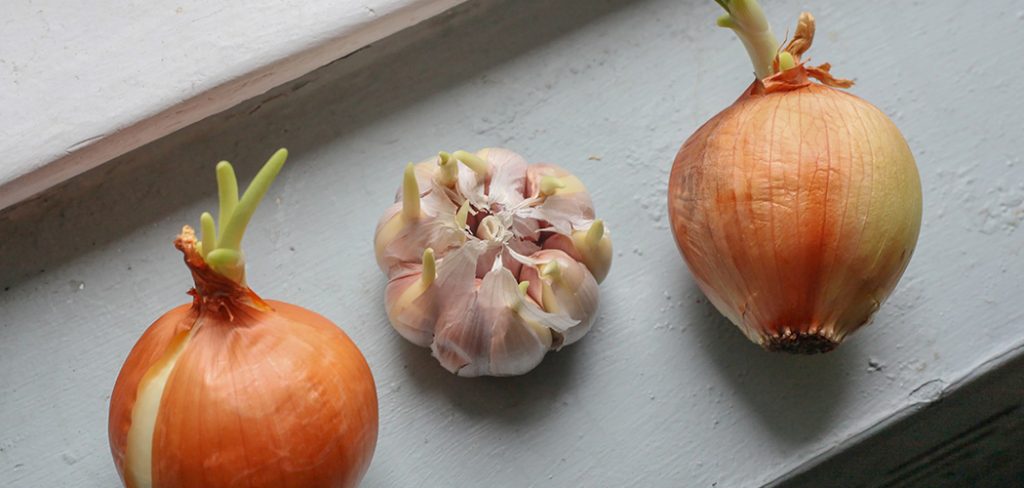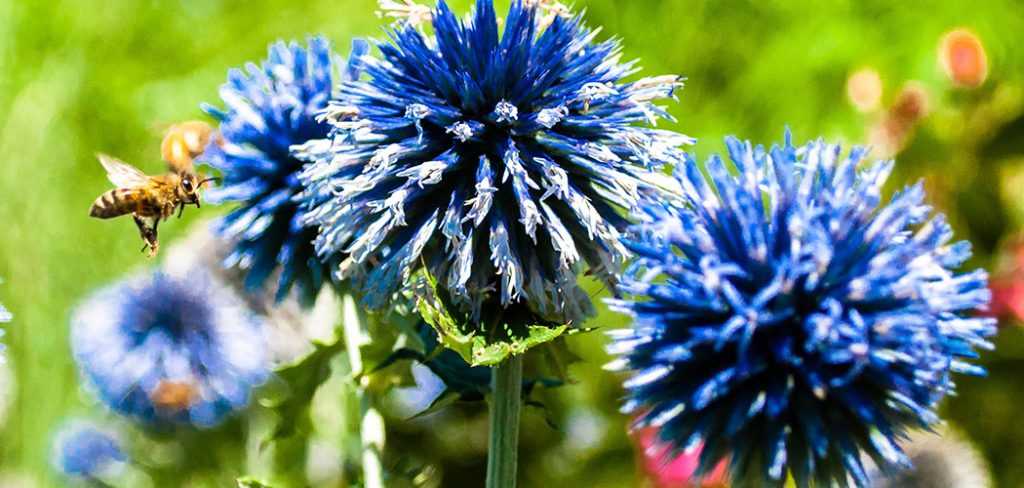Gardenias are flowering plants that usually grow in the countries of Africa, Madagascar, and other countries close to the Pacific Islands. It is a plant that’s part of the coffee family, and produces white-colored flowers in a green bush. Their leaves are of a dark green color. They also have a fragrant smell, and a number of benefits. Gardenia can also sometimes be used to create lotions and candles, and even Chinese medicine.
Ethanol extracts in the gardenia plants can be used for medicinal purposes, and can be manufactured into essential oils. Applying these oils can furthermore treat skin wounds and help fight stress. Thus, learning how to grow and take care of gardenia plants is important. Learning skills such as how to prune gardenias will allow them to grow in a healthy environment. With all the benefits and uses of the gardenia plant, being knowledgeable in its care can be beneficial.
Types of Gardenias
Plants come in all shapes and sizes, and it’s no surprise that gardenia plants also have more than one type of variety. There are more than a hundred types of gardenia, with some being smaller or larger than others. There are dwarf gardenias, medium-sized ones, and even large gardenias.
1. Radicans
These are considered to be part of the small gardenia types. If you want to grow radicans, there are some things you should know. You must place these dwarf or small gardenias such as the radicans in soil that can easily drain excess water. Next, you should make sure that the pot itself has proper drainage holes at the bottom, in order to prevent too much water from being stored in the soil. You must also water radicans frequently during the first few months, and should give them fertilizers at the end of the summer season.
Radicans generally grow at a slow pace, and the flowers it produces are only single petal flowers. Though they are smaller than other types of gardenias, radicans still produce a sweet-smelling fragrance.
2. August Beauty
The August Beauty is one of the most common types of gardenias that are seen today. They can grow up to a height of 6 feet, and are considered to be part of the medium-sized type of gardenia. The August Beauty is also a good addition to any landscape or garden, since its leaves are thick, green, and glossy. They also give off a fragrant smell, similar to radicans. The flowers of an August Beauty plant often bloom during the early periods of summer, and sometimes during the approach into fall.
3. Cape Jasmine
The cape jasmine is one of the older types of gardenia, and is native to Asia. Similar to the family of gardenia plants, the Cape Jasmine is also known for their sweet-smelling fragrance. The plant can grow into a wide-sized shrub, and produces lush green leaves with white flowers peppering the bush.
There are many other types of gardenias, and the types listed above are only some of the more common or popular types.
How to prune overgrown gardenia bush
Oftentimes if you leave a gardenia bush to its own devices, it tends to grow much more than you’d like them to. When a gardenia bush, or any plant or tree, starts to grow at a pace that you don’t think ideal for your garden, it is best to prune the plant. Learning how to prune overgrown gardenia bush is important to maintaining the size and growth of your gardenia plant. Overgrown bushes can lead to growing beyond the metes and bounds of your own home, and can even end up blocking sidewalks unnecessarily.
To prune an overgrown gardenia bush, you would need to first decide what kind of shape you would want the bush to be. Would you want it to be square? Or rounded? After choosing which shape you want it to be, start by cutting the branches that grow outward, to allow the bush to grow up instead of out. This helps to control the shape and size it takes up in your garden.
Can I prune Gardenias in winter?
Generally, the answer to the question “Can I prune gardenias in winter?” would be that, yes, you can. Pruning during the winter season is not necessarily ideal for the plant, though. Pruning a gardenia during winter can prevent the wounded parts of the plant from producing healthier and newer stems to grow. When you cut open a branch or stem, it leaves a wound behind, which might freeze when cut during winter. When it freezes, it would be more difficult for the plant to heal itself, thereby possibly reducing the amount of blooms it can produce.
It’s best to cut gardenias during spring or summer, when the wounds left behind after cutting them can heal without any detrimental weather conditions. To prune a gardenia, all you need to do is remove the diseased or broken branches in the bush. This is to prevent the spread of the disease to other portions of the plant, and to allow the healthier parts to grow without any problems. There’s nothing wrong with cutting off portions of the plant such as these. This is because dead and diseased portions of the plant do not produce flowers, nor healthier stems.
Conclusion
Gardenia bushes are some of the most common bushes present in any garden. They are easy to grow, and they grow fast. Since they tend to grow in different directions, learning how to prune gardenias is also very important to maintaining your garden. By removing the diseased and dead branches from the bush, you are preventing said disease by spreading to other parts of the plant and possibly killing it. Constant upkeep of a gardenia bush is also needed. This is because they tend to grow outward instead of upward without the necessary shape-cutting.
There are a lot of types of gardenia plants to choose from. If taking care of a large plant is too daunting a task for you, you can opt to choose gardenia plants that are smaller in size. These are called dwarf gardenias. You need different types of techniques and equipment in order to take care of a gardenia plant. Being prepared for the plant you want is the best way to maintain your garden.

